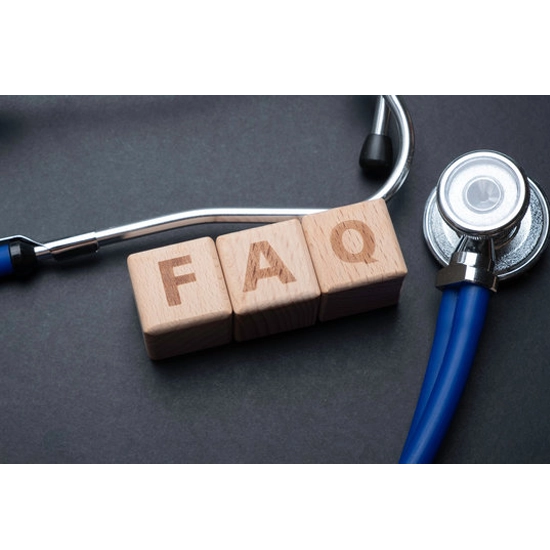,Quantitative.webp)
Book Inversion (16), Quantitative Appointment Online Near me at the best price in Delhi/NCR from Ganesh Diagnostic. NABL & NABH Accredited Diagnostic centre and Pathology lab in Delhi offering a wide range of Radiology & Pathology tests. Get Free Ambulance & Free Home Sample collection. 24X7 Hour Open. Call Now at 011-47-444-444 to Book your Inversion (16), Quantitative at 50% Discount.
The CBFB-MYH11 gene fusion may be detected using this very sensitive quantitative assay for inv(16)(p13.1q22) or t(16;16)(p13.1;q22). When acute myeloid leukaemia patients are diagnosed, this identification is helpful for tracking minimal residual illness throughout their clinical and treatment courses.
Real-Time PCR, Quantitative, CBFB/MYH11 inv(16) -
The CBFB/MYH11 fusion transcript can be amplified using this Real-Time Quantification (Reverse Transcription Polymerase Chain Reaction) method to identify inv (16) or t chromosomal aberrations (16;16). It can be used to determine the risk of a disease relapse in individuals with inv (16) or t (16;16) acute myeloid leukaemia and to detect minimal residual disease (MRD) (AML).
Monitoring minimal recurrent disease throughout the clinical and therapeutic course of AML patients. Detection of CBFB-MYH11 gene fusion in patients with acute myeloid leukaemia (AML) who have recently received a diagnosis.
for evaluating the existence or absence of the CBFB-MYH11 fusion transcript linked to the inv(16(p13.1q22) chromosomal aberration present in 5–8% of acute myeloid leukaemia (AML) cases as determined by the 2008 WHO classification and AML-M4Eo cases as per the earlier FAB classification. This quantitative test can be used to confirm the diagnosis of AML with recurrent genetic abnormalities according to the WHO 2008 classification and to track the progression of minimal residual illness after treatment.
RNA is analyzed for CBFB-MYH11 fusion by reverse transcription followed by quantitative real-time PCR using the TaqMan method.
The Type A CBFB-MYH11 fusion transcripts will be found using this assay. Data are expressed as a proportion of normalised ABL transcripts to CBFB-MYH11 transcripts. About 1 in 100,000 people can be detected with reasonable accuracy.
5 to 10 working days are the turnaround time.
With regard to these particular chromosomal abnormalities, inv(16) is typically associated with the subclass of AML M4 and has a distinctive aberrant eosinophil component. AML M4EO is the term used to describe these AML M4 instances. The bone marrow also exhibits a variable quantity of eosinophils at all phases of maturation without a severe maturation arrest, in addition to the morphological characteristics of. Immature eosinophilic granules are the source of the most obvious abnormalities. They are primarily visible during the promyelocyte and myelocyte stages. At later phases of maturation, the anomalies are typically not noticeable. These eosinophilic granules are purple-violet in colour, frequently bigger than those typically observed in juvenile eosinophils, and in some cells, so thick that they obscure the architecture of the cell. -
| Test Type | Inversion (16), Quantitative |
| Includes | Inversion (16), Quantitative (Pathology Test) |
| Preparation | |
| Reporting | Within 24 hours* |
| Test Price |
₹ 3000
|

Early check ups are always better than delayed ones. Safety, precaution & care is depicted from the several health checkups. Here, we present simple & comprehensive health packages for any kind of testing to ensure the early prescribed treatment to safeguard your health.